- Over 1 million successful rentals
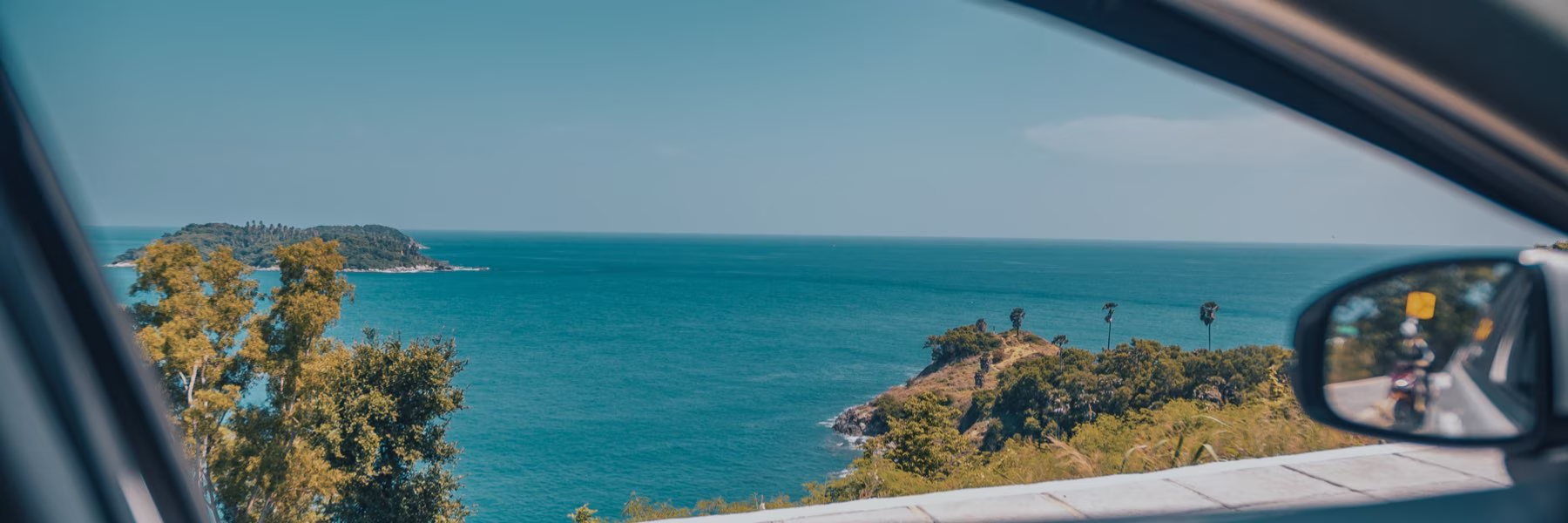
Car Hire Peru
Save time and money. We compare the offers of car rental companies in Peru on your behalf.
- Free cancellation Up to 48 hours prior to the scheduled pick up time
- Best price guarantee Have you found a better price? Let us know and we will make you a better offer.
- 24000+ pick-up locations Locations around the world

Compare Car Hire
Carrentals.co.uk offers simple and straightforward car hire comparison services. We don't add a penny to your quotes!
Car rental offers in Peru
Whether you're looking for a small rental car or a station wagon for the entire family, we will always have a suitable vehicle for the lowest price. Below are some examples from our selection in Peru.

-
Sixt From£ 20 /day -
Alamo From£ 24 /day
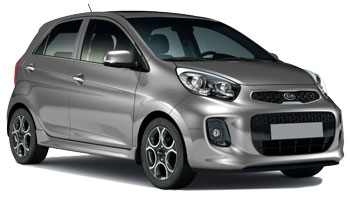
-
Budget From£ 20 /day

-
Sixt From£ 26 /day -
Alamo From£ 29 /day
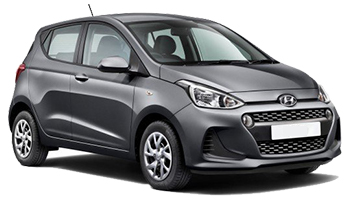
-
Sixt From£ 17 /day

-
Budget From£ 18 /day -
Avis From£ 23 /day
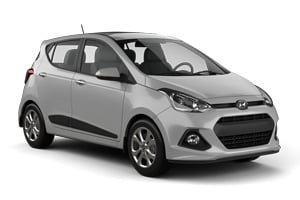
-
Sixt From£ 22 /day
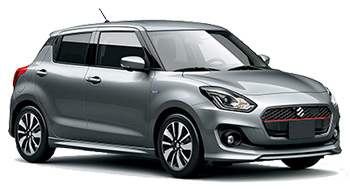
-
Alamo From£ 19 /day -
Enterprise From£ 21 /day
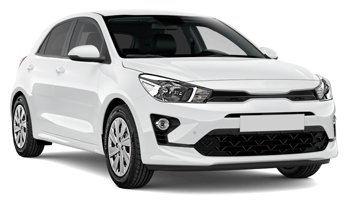
-
Budget From£ 20 /day

-
Alamo From£ 26 /day
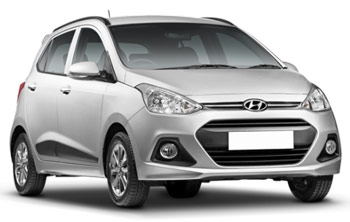
-
Sixt From£ 20 /day -
Alamo From£ 20 /day
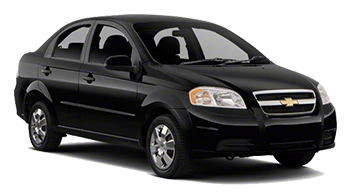
-
Sixt From£ 21 /day -
National Car Rental From£ 31 /day

-
Alamo From£ 26 /day -
Sixt From£ 34 /day
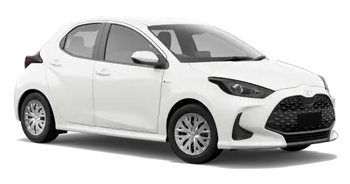
-
Alamo From£ 20 /day -
Budget From£ 23 /day -
Enterprise From£ 27 /day

-
Budget From£ 20 /day

-
Alamo From£ 29 /day
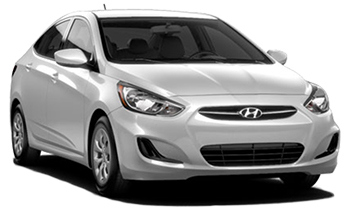
-
Alamo From£ 21 /day

-
Sixt From£ 21 /day

-
Alamo From£ 30 /day -
Sixt From£ 33 /day -
National Car Rental From£ 35 /day
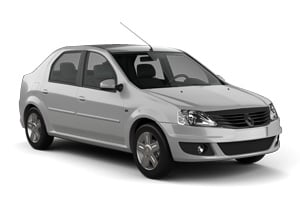
-
Budget From£ 22 /day

-
Alamo From£ 25 /day

-
Alamo From£ 31 /day
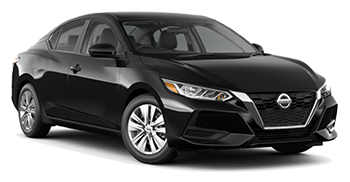
-
Alamo From£ 21 /day

-
Alamo From£ 21 /day

-
Alamo From£ 33 /day

-
Budget From£ 23 /day -
Avis From£ 29 /day -
Sixt From£ 32 /day
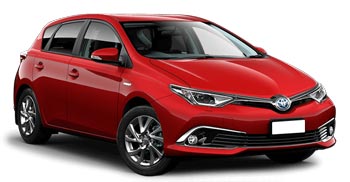
-
Alamo From£ 26 /day -
Budget From£ 35 /day

-
Alamo From£ 34 /day

-
Avis From£ 29 /day

-
Alamo From£ 34 /day

-
Sixt From£ 38 /day
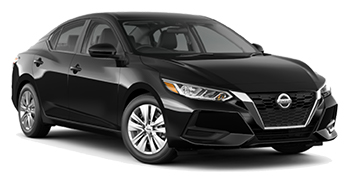
-
Alamo From£ 23 /day
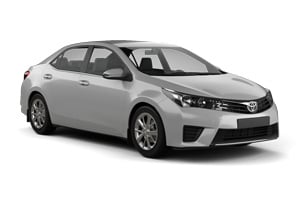
-
Alamo From£ 24 /day

-
Alamo From£ 33 /day

-
Alamo From£ 29 /day

-
Alamo From£ 34 /day

-
Alamo From£ 34 /day
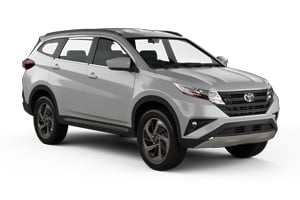
-
Alamo From£ 39 /day

-
Sixt From£ 41 /day

-
Sixt From£ 52 /day
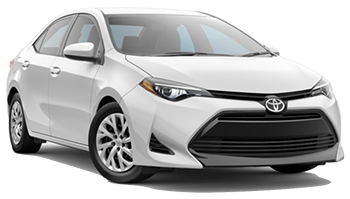
-
Budget From£ 32 /day
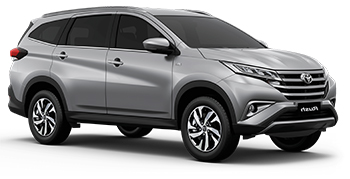
-
Alamo From£ 36 /day

-
Alamo From£ 54 /day
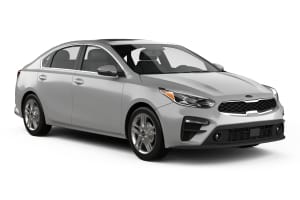
-
Avis From£ 41 /day

-
Alamo From£ 49 /day

-
Alamo From£ 54 /day
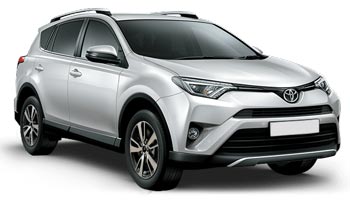
-
Alamo From£ 60 /day

-
Alamo From£ 55 /day
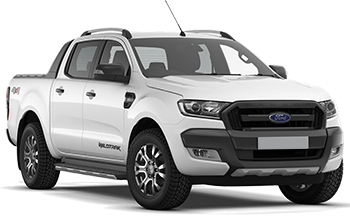
-
Budget From£ 58 /day -
Avis From£ 74 /day

-
Alamo From£ 52 /day

-
Alamo From£ 54 /day
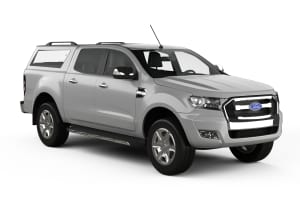
-
Budget From£ 56 /day
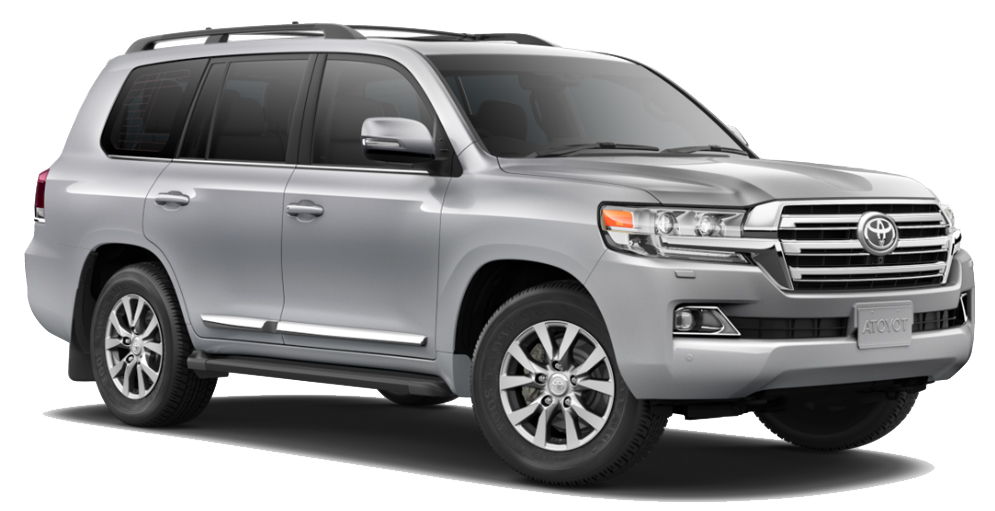
-
Budget From£ 73 /day
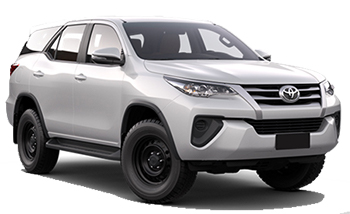
-
Alamo From£ 94 /day
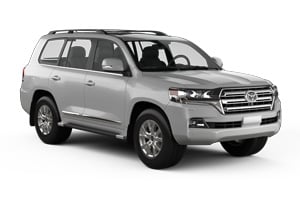
-
Budget From£ 105 /day

-
Alamo From£ 36 /day
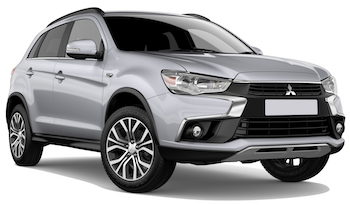
-
Budget From£ 41 /day
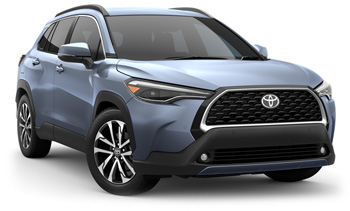
-
Alamo From£ 54 /day
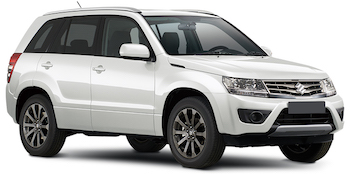
-
Alamo From£ 46 /day -
Enterprise From£ 91 /day
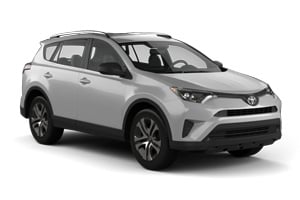
-
Alamo From£ 47 /day -
Sixt From£ 48 /day -
Budget From£ 55 /day

-
Alamo From£ 54 /day

-
Alamo From£ 49 /day -
Avis From£ 70 /day
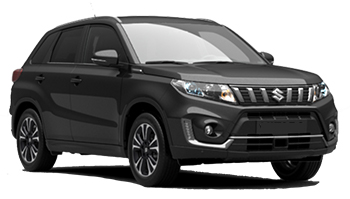
-
Alamo From£ 50 /day -
Enterprise From£ 53 /day -
National Car Rental From£ 55 /day

-
Sixt From£ 55 /day -
Alamo From£ 64 /day

When to book a rental car in Peru
Peru - When is the most affordable time to rent a mini class car?
At this destination (Peru), February is the most affordable time to rent a mini class car with an average daily rate of
Peru - When is the most affordable time to rent a economy class car?
At this destination (Peru), November is the most affordable time to rent a economy class car with an average daily rate of
Peru - When is the most affordable time to rent a compact class car?
At this destination (Peru), November is the most affordable time to rent a compact class car with an average daily rate of
Peru - When is the most affordable time to rent an intermediate class car?
At this destination (Peru), October is the most affordable time to rent a intermediate class car with an average daily rate of
Peru - When is the most affordable time to rent a standard class car?
At this destination (Peru), October is the most affordable time to rent a standard class car with an average daily rate of
Peru - When is the most affordable time to rent a full-size car?
At this destination (Peru), October is the most affordable time to rent a full-size class car with an average daily rate of
Peru - When is the most affordable time to rent a luxury car?
At this destination (Peru), October is the most affordable time to rent a luxury class car with an average daily rate of
Peru - When is the most affordable time to rent a station wagon?
At this destination (Peru), October is the most affordable time to rent a station wagon with an average daily rate of
Peru - When is the most affordable time to rent a SUV?
At this destination (Peru), October is the most affordable time to rent an SUV with an average daily rate of
Peru - When is the most affordable time to rent a MPV?
At this destination (Peru), August is the most affordable time to rent an mpv with an average daily rate of

Peru Guide
Peru is best explored by rental car. Carrentals.co.uk has over 2 pick-up locations in Peru. This means there is always a pick-up location close to your destination.
Most popular car hire locations in Peru
Driving
The Andes, the Amazon, archaeological sites and colonial architecture make Peru one of South America’s most diverse and fascinating countries. Its strong Inca history can be seen at every turn, while its newer Spanish heritage is flaunted throughout Lima, the capital city. Drive the 1,597 miles along the Pacific coast to discover beaches, twist along curvy roads in the south where the Inca culture is most prominent, zigzag through the Cordillera Blanco region or head into the Peruvian Amazon.
Driving Tips for Peru
There are three well-maintained toll-roads running north and south throughout the country that offer a smooth and scenic way to get from one destination to the next. Good main roads connect these toll routes to cities east and west. Smaller routes are usually unpaved, but with a four-wheel drive vehicle nearly any road can be attempted.
Driving licences: drivers from the UK can use their UK photo licence for up to six months and an International Driving Permit for up to one year.
Which side does Peru drive on: the right.
Speed limits:
Motorways: 49-62mph (80-100kph)
Rural areas: 31-49mph (50-80kph)
Built-up areas: 22mph (35kph) when not posted
Alcohol limits: 0.05 per cent, compared with the 0.08 per cent UK limit. A level above this could result in a steep fine and possible jail time.
Driving age: 18 years.
Seatbelts: mandatory for all passengers in the front and rear seats. There is no child restraint law but it is highly recommended young children are restrained in a child seat.
Mobile phones and GPS: using a mobile phone or texting while driving is illegal. GPS is allowed and is useful for finding points of interest.
Cost of fuel in Peru: around 25 per cent cheaper here than it is in the UK.
Car hire and fuel payment: credit card payment is only accepted at large filling stations, so it is advisable to always carry some cash. A credit card is often necessary for car hire booking and payment. Make sure your card company knows that the card will be used here prior to travel.
Insurance: car hire includes third-party insurance, but it is advisable to purchase excess coverage.
Traffic and parking: driving in Lima can be a challenge due to traffic congestion but many hotels here offer parking to their guests. Secure car parks can be found in most cities.
Transport
Trains
There are no international trains to Peru, but there are domestic train services. Perurail runs trains between Cusco and Puno and Machu Picchu. These trains are comfortable and the quickest way to reach these destinations. There is also a railway that connects Lima to Huancayo, which is the world’s second highest railway. This train runs every fortnight and has become a tourist attraction. For reservations and schedule, visit Ferrocarril Central Andino.
Taxis
Taxis come in all forms, from cars to rickshaws. In the cities, there are two types of regular taxis, formal ones that are painted yellow and informal ones that just have a taxi sign in the windshield. The former are the safest for visitors, although they do not run on meters so negotiate the fare before jumping in. Short trips within cities should be under £2, while longer trips can cost up to £4.
Buses
Buses do not enter Peru from neighbouring countries, but there is a great inter-city bus network. Travelling by bus is affordable, but comfort depends on the type of bus. Económico buses can be beat-up but in some cases, they are all that is available. Luxury buses are best for long-haul journeys and there are a few reputable companies such as Cruz del Sur. Lima operates a metro and public bus system, while other cities offer buses as well as micros (minibuses) with city-wide fares of less than £0.30.
Ferries
Any port along the Amazon River can easily be reached by cargo boat. Iquitos receives international boats from Coca (Ecuador), which take eight days, while boats from Tabatinga (Brazil) and Leticia (Colombia) take three days. There are also speedboats from Tabatinga and Leticia, which take 10 hours but are more expensive at around £40.
Airports
The capital city of Lima, on the central coast, has Jorge Chavez International Airport, a hub for both international and domestic flights. There is an internal flight tax of around £4. International flights also land at Iquitos from Leticia, Colombia. They have a £6 departure tax. Cuzco Airport, for onward rail travel to Machu Picchu, has domestic links to Lima, with fares of around £60.
Explore
Exploring Peru
Lima, the capital and largest city, is the main entry point for most visitors coming to Peru. The city is filled with historical buildings, including the Convento de San Francisco (Monastery of San Francisco), the Lima Cathedral and the Torre Tagle Palace. It also has some fantastic beaches, upscale shopping centres and a great collection of museums and galleries.
The southern Sierra region is home to Machu Picchu, the Sacred Valley of the Incas, and the fascinating city of Cuzco. It is one of the country’s most visited regions, filled with museums, colonial architecture and Inca ruins.
The southern coast is one of the only regions where Inca life is not seen. Here, visitors will find the very Spanish city of Arequipa, the famous Nazca Lines and the beautiful desert oasis of Huacachina.
Less popular but no less interesting is the northern Sierra region that is nestled between the Andes and the Amazon. Huaraz is the gateway to the magnificent Cordillera Blanca area, Cajamarca features the pre-Columbian Cumbe Mayo aqueducts and Chachapoyas is the gateway to the Amazonas.
The Amazonas is made up of vast jungle that surrounds three rivers and is a haven for nature lovers. Here, visitors can spot alligators, monkeys, anacondas and a wealth of rare vegetation.
Weather
Peru has a diverse climate as a result of its different latitudes. Along the northern and southern coasts, two seasons are experienced, although it is always hot. In the summer (December to April), temperatures can rise to 34°C, while in the winter (June to October), the mercury rarely drops to below 14°C. The Sierra regions are the coldest due to their high elevations, and the temperatures vary at different heights. The Amazon receives the most rainfall and temperatures here generally range from 21°C to 31°C.
Practical information
-
CurrencyPeruvian sol
-
Driving directionRight
-
City speed limit60 km/h
-
Freeway speed limit60 km/h
-
LanguageSpanish
-
Popular car categorySUV
What most people want to know
The following questions and answers are a selection of the most popular questions. If you do not find the answer to your question, have a look at the Frequently Asked Questions page or contact us.
- Alamo
- Enterprise
- Sixt
- Budget
- Europcar
- Thrifty
- Routes
- ACE Rent A Car
- Street Rent a Car
- Zügig Rent a car
- Keddy By Europcar
- NÜ Car Rentals
- Localiza Car Rentals
- Hertz
- National Car Rental
- Dollar Rent a Car
- Avis